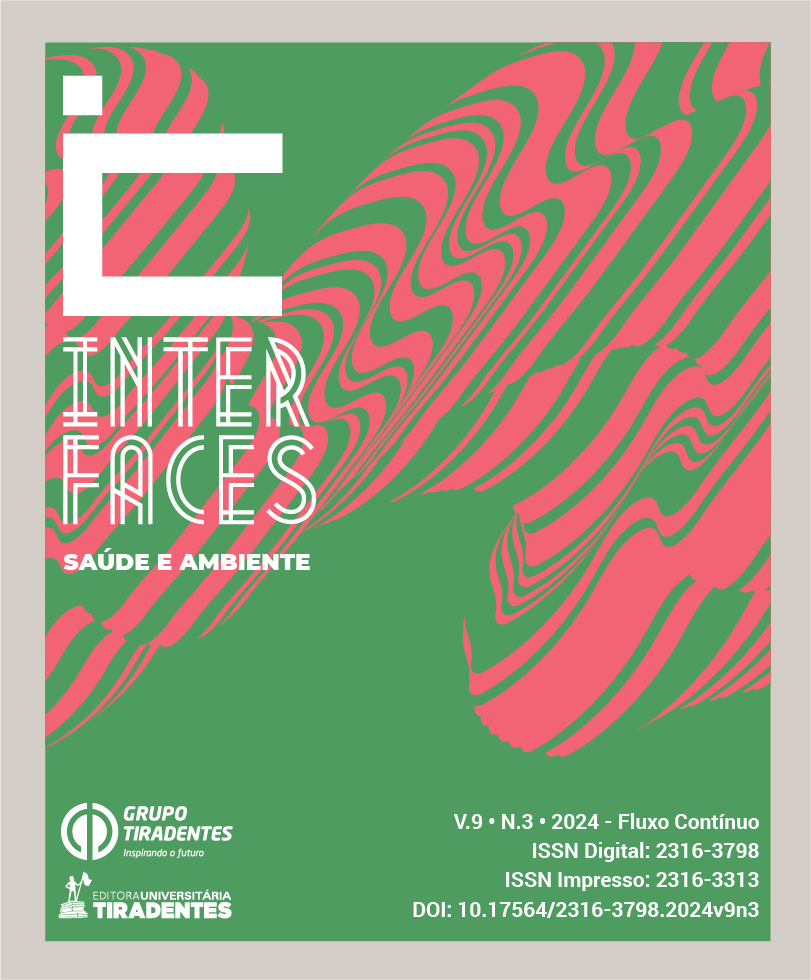VÍDEOS DO YOUTUBE RELACIONADOS AO FLÚOR: UM ESTUDO INFODEMIOLÓGICO DE CONTEÚDO, QUALIDADE E CONFIABILIDADE
DOI:
https://doi.org/10.17564/2316-3798.2024v9n3p39-52Published
Downloads
Downloads
Issue
Section
License
Copyright (c) 2024 Interfaces Científicas - Saúde e Ambiente

This work is licensed under a Creative Commons Attribution-NonCommercial 4.0 International License.
Autores que publicam nesta revista concordam com os seguintes termos:
a. Autores mantêm os direitos autorais e concedem à revista o direito de primeira publicação, com o trabalho simultaneamente licenciado sob a Licença Creative Commons Attribution que permite o compartilhamento do trabalho com reconhecimento da autoria e publicação inicial nesta revista.
b. Autores têm permissão e são estimulados a distribuir seu trabalho on-line (ex.: em repositórios institucionais ou na sua página pessoal), já que isso pode gerar aumento o impacto e a citação do trabalho publicado (Veja O Efeito do Acesso Livre).
Abstract
The aim of the study was to evaluate the quality, reliability and content of YouTube videos in Portuguese about fluorides. An infodemiological study was developed in which the 100 most viewed videos on the platform found with the term “fluoride” were evaluated. A calibrated researcher evaluated the audiovisual quality, the content of the videos according to the criteria of the American Dental Association, the reliability using the modified DISCERN scale, and the overall quality based on the Global Quality Score (GQS) scale. The number of likes, dislikes, comments and duration of the videos was also counted. Data were analyzed using the Mann-Whitney and Spearman correlation tests (α = 5%). Most videos (58%) were of low quality, moderate audiovisual quality (61%) and were posted by health professionals (48%). About a third of the videos covered the benefits of fluorides (35%). Low-quality videos had a significantly higher number of likes and engagement than high-quality ones (p<0.05). High-quality videos produced by health professionals had significantly higher DISCERN scores (p<0.05). The number of views was significantly higher in videos not produced by health professionals (p<0.05). It is concluded that most videos had low reliability and quality, showing strong dissemination of videos with an anti-fluoride bias.




















